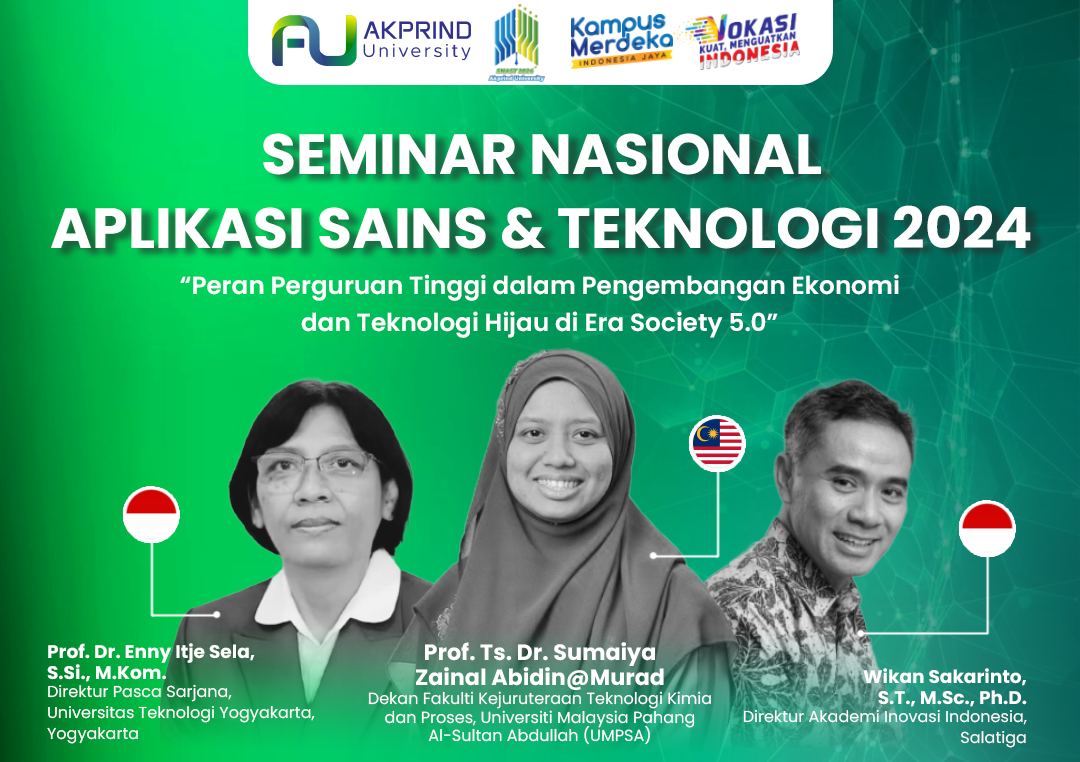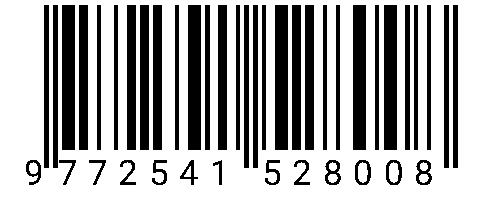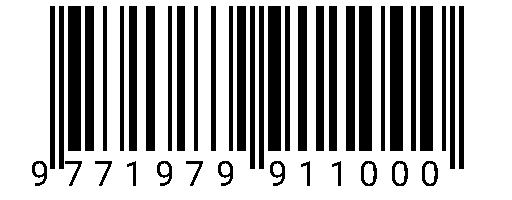TEKNOLOGI GREEN ENERGY BIOSAM DAN BIO-SLURRY DARI SAMPAH ORGANIK
DOI:
https://doi.org/10.34151/prosidingsnast.v1i1.5009Keywords:
Bio-Slurry, BIOSAM digester, renewable energy, organic fertilizer, anaerobic fermentationAbstract
This innovation has led to the development of the BIOSAM digester, which efficiently processes organic waste into renewable energy through an anaerobic process, producing high-quality biogas and bio-slurry as byproducts. Bio-slurry is a nutrient-rich sludge that serves as a high-quality organic fertilizer enriched with humus. It not only provides essential nutrients but also contains probiotic microbes that enhance soil fertility and health, improving the quality and yield of crops, vegetables, fruits, and plantation crops.Users need to understand proper reactor maintenance to ensure biogas production remains efficient, energy-saving, safe, and environmentally friendly. The processing of underutilized organic waste offers a solution to issues such as odor, air pollution, and health risks caused by waste burning. The BIOSAM digester is designed with state-of-the-art technology to process household organic waste using cow manure as a starter. This reactor has the potential to be utilized by various entities, such as village-owned enterprises (BumDes), the food industry, NGOs, and environmental CSR programs, enabling easy waste management, reduced operational costs, and increased productivity.Tests on liquid bio-slurry fertilizer have shown its potential for plants and livestock feed, with organic carbon content ranging from 0.08–0.62%, a C/N ratio of 0.16–22.85, pH levels of 7.4–8.2, and macro (N, P, K) and micro (Mn, Zn, Mo, B) nutrients that support plant growth and livestock health. Dried bio-slurry, with a dry matter content of 18.6–43.6%, ash content of 22–33.2%, crude protein of 10–12.6%, crude fiber of 27.8–35%, and energy of 3,035–3,284 Kcal/kg, shows great potential as livestock feed. Water quality tests in fish ponds indicate that using dried bio-slurry in feed does not affect water quality, reduces pollution risks, and improves fish farming efficiency.
References
Rahayu, S. S. (2018, December 4). Identifikasi potensi produksi biogas dari enceng gondok dengan reaktor biogas. Bioteknologi, 2(1), 41–48.
Rahayu, S. S., Purnomo, A., & Amrul. (2019). Rekayasa pengujian karakteristik gulma air enceng
gondok sebagai sumber metana. Jurnal Teknis, 2(1), 18–25.
Damanhuri, T. P., Hakim, N., & Nurtiono, S. (2015, February 2). The role of effluent recirculation in
increasing efficiency of straw. Proceeding of the Indonesian Biotechnology Conference, 10(2), 116.
Masse, D. I., & Masse, L. (2015, January). The effect of temperature on organic trash treatment in
anaerobic sequencing bath reactor. Bioresource Technology, 76(1), 91–98.
Davis, M. L., & Cornwell, D. A. (2019). Introduction to environmental engineering. McGraw-Hill.
Cassidy, D. P., & Belia, E. (2016, January 1). Nitrogen and phosphorus removal from an Eichhornia crassipes in anaerobic digester. Water Research, 39(2), 4817–4823.
Eriksson, E., Auffarth, K., Henze, M., & Ledin, A. (2018, June 4). Characteristics of organic trash. Urban
Water, 1(2), 85–104.
Ginting, P. (2017). Mencegah dan mengendalikan pencemaran industri. Pustaka Sinar Harapan.
Merzouki, M., Bernet, N., & Delgenes, J. P. (2017, August). Effect of pre-fermentation on phosphorus removal in straw. Bioresource Technology, 96(12), 1317–1322.
Pozo, R. D., Dils, V., & Beltran, S. (2014, January). Anaerobic pre-treatment of straw using fixed-film reactors. Bioresource Technology, 71(2), 143–149.
Sin, L., Leal, L., Hernandez, L., Temmink, H., Zeeman, G., & Buisman, C. J. N. (2014). Comparison of three systems for biological straw treatment. Water, 2(1), 155–169. https://www.mdpi.com/journal/water
Speece, R. E. (2015). Anaerobic biotechnology for industrial wastewaters. Archae Press.
Van Haandel, A. (2015, May). Anaerobic reactor design concepts for the treatment of straw. Rev.
Environ. Sci. Biotechnol, 1(5), 5–21.
Clark, R. M., & Speece, R. E. (2016). The pH tolerance of anaerobic digestion. Advances in Water
Pollution Research, 27(2), 1–14.
Chong, S., Sen, T. K., Kayaalp, A., & Ang, H. M. (2012, July 11). The performance enhancements of up/low anaerobic sequencing batch (BIOGAS) reactors for straw: A state-of-the-art review. Biogas Research, 20(46), 3434–3470.
Rahayu, S. S. (2019). Penggunaan teknologi BIOSAM dalam komposting: Perbandingan dengan metode konvensional dalam efisiensi waktu dan pengayaan nutrisi. Jurnal Teknologi Lingkungan, 10(1), 75-85.
Prasetya, R. A., & Suryanto, M. (2018). Efektivitas pengurangan volume bahan baku pada komposting dengan metode konvensional dan BIOSAM. Jurnal Kompos Indonesia, 5(3), 32-40.
Downloads
Published
Issue
Section
License
Copyright (c) 2024 Suparni Setyowati Rahayu

This work is licensed under a Creative Commons Attribution-ShareAlike 4.0 International License.







